Urology Museum
Fascinating museum dedicated to the under-appreciated medical history of urology features some wince-inducing devices.
It wasn’t long a go that a bladder stone was a life threatening affair.
Among the historical figures who suffered from bladder stones were Napoleon Bonaparte, Peter the Great, Louis XIV, Oliver Cromwel, Sir Francis Bacon, Sir Isaac Newton, and famous diarist Samuel Pepys, who after surviving the operation to remove the stone - an operation that often killed those who underwent it - celebrated the occasion every year with a huge feast.
Benjamin Franklin and his brother both suffered from the stones, and Franklin fashioned a silver catheter for himself to help relieve the pain. The power of one who could successfully remove the stone was great. It is believed that Frère Jacques Beaulieu - a famous French “lithotomist” or one who removed bladder stones - name lives on in the French children’s song “Frère Jacques.”
That appreciation carried on into modern times. It was a a Gilded Age entrepreneur who funded the John Hopkins Brady Urological Institute after being successfully treated for bladder stones.
Today bladder stones are treated regularly and with little fanfare. With new techniques, surgery isn’t necessary and the stones can be broken up with sound waves. The William P. Didusch Center for Urologic History located in the American Urological Association’s headquarters - still closely tied with the John Hopkins Brady Urological Institute - celebrates this and many other breakthroughs in urology.
Started not by a doctor, but by William P. Didusch, a medical illustrator who focused in urology, the museum contains most of Didusch’s original drawings, as well as an impressive instrument collection, including hundreds of urological scopes, most important among them the collection of nearly 600 cystoscopes.
The cystoscope, an instrument inserted into the urethra and used by urologists to see the inside of the bladder and urethra, was a revolution in urology. It allowed doctors to diagnose patients without performing surgery to see what the problem was. However, it is not without some sympathetic wincing that one views the older, and larger, of the cystoscopes.
The museum also keeps a collection of urology-related historical medical texts, among them the pamphlet aptly named “Pisse-Prophet.”
Besides the cystoscopes, among the most curious items in the urological collection are walking canes that held secret catheters, a collection of more than 30 microscopes dating back to the 1700s, and an enormous “pineapple sized” bladder stone.
The museum has rotating exhibits which have included “Sexuality: Perception and Performance Throughout History” which displayed a jade phallus, anti-masturbation devices (a ring with spikes on the inside) and penile silicone implants from the 1980s, “Fad, Fraud, Future? Quackery and Nostrums in Urology” and “Remedies and Recipes” about historical treatments for urological ailments. Many of the items from past exhibits can still be seen on display.
Viewing the collection is free but by appointment only. The “Sexual Perception and Performance” exhibit went up in 2006, but still appears to be available. Obscura Day location: April 9, 2011.
Know Before You Go
There's free limited parking (there's not a huge amount of people, so it's not a problem that it is limited). Seeing the exhibit is free, but if you want a tour, sign up ahead of time on their website.
Community Contributors
Edited by
The Atlas Obscura Podcast is Back!







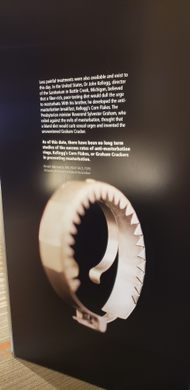
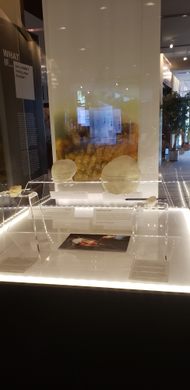
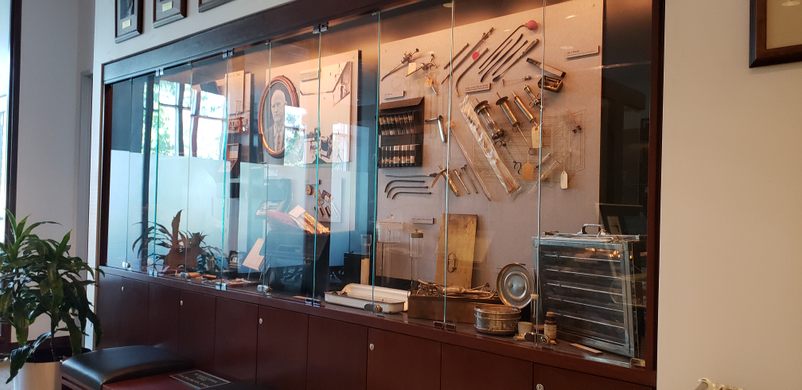
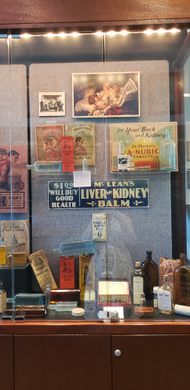
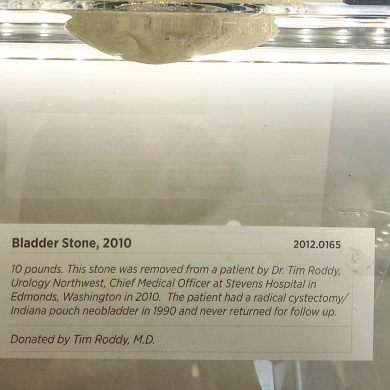
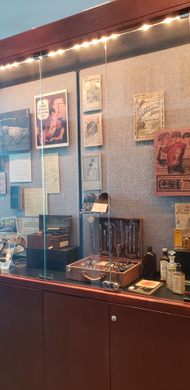
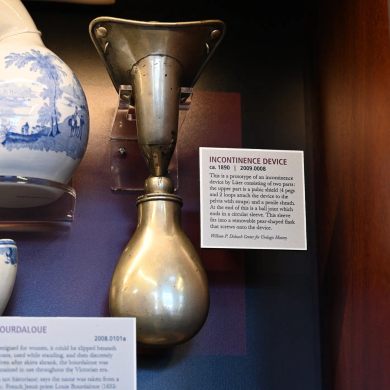
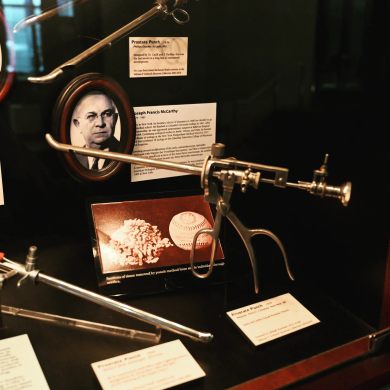







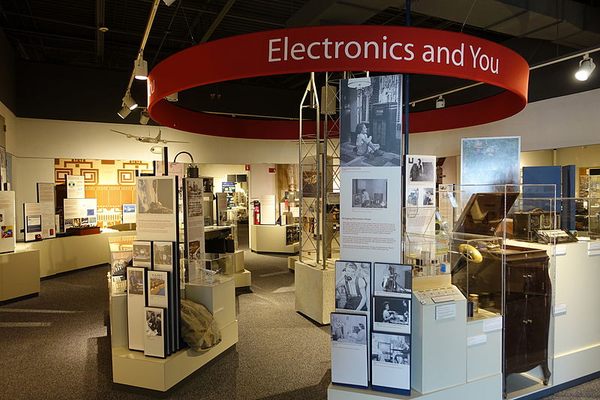




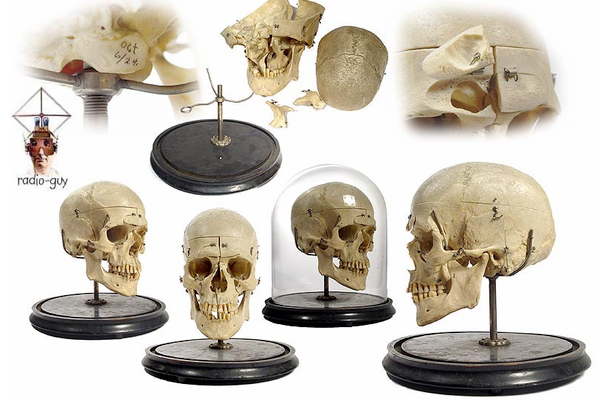



Follow us on Twitter to get the latest on the world's hidden wonders.
Like us on Facebook to get the latest on the world's hidden wonders.
Follow us on Twitter Like us on Facebook